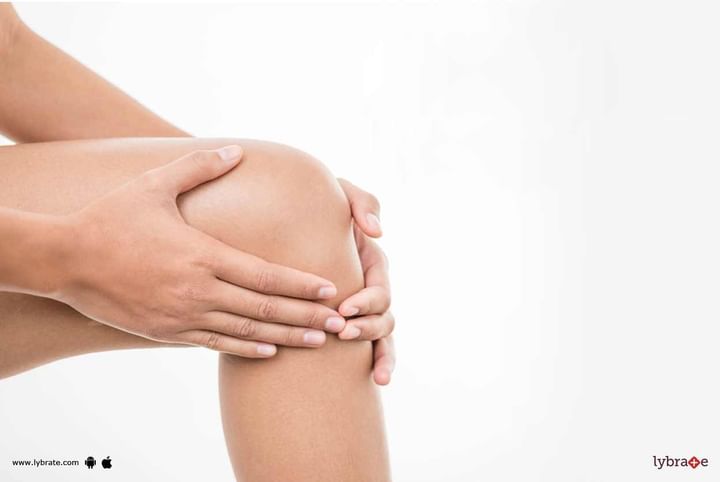Revision Knee Replacement Surgery - Why Is It Required?
Total Knee Replacement Surgery, though having high rates of success, can sometimes have a failed knee prosthesis and might require another surgery to replace it with a new prosthesis. Such repetitive surgery is referred to as the Revision Knee Replacement Surgery. It is different from the Total Knee Replacement. It is a complex procedure requiring specialized equipment, extensive post-operative planning, long operative time, and a mastery over surgery to achieve good results.
What leads to the Failure of Implants?
-
Infection is a very probable complication for any kind of surgery. In the Knee Replacement Surgery, where implants are involved, surfaces are readily available for bacterial growth and are often inaccessible to antibiotics. Pain, drainage, and swelling due to infection make the Revision Knee Replacement Surgery necessary. In the case of infection, it is performed in two steps (as two separate operations): removal of old prosthesis to insert an antibiotic-impregnated cement spacer, and removal of spacer to insert the new prosthesis.
-
Loosening, Instability, and Wear: When implants become loose and worn over a period of time due to friction by rubbing surfaces, it leads to a change in alignment, instability, and pain. It then requires Revision Surgery to fix the same.
-
Fracture: If there is a fracture around the implants, it might require corrective Revision Surgery to stabilize the implants.
-
Factors related to the Patient: Implant might fail due to factors like age, weight, level of physical activity, and surgical history. It has been observed that younger people have a higher rate of Revision Surgery mainly because of a more active lifestyle.
When is the Revision Surgery Required?
The symptoms indicating that a Revision Surgery might be required include persistent pain, decreased knee function, swelling, limp, stiffness, wear, instability, loosening, infection, etc. Pain can be general or local.
Prior to the corrective Revision Surgery, assessments like X-Rays, CT- scans, MRIs, laboratory tests, etc. are recommended to ascertain the exact condition and the problem.
During the Surgery:
During the Revision Surgery, first of all, the older implants are removed. Bone grafts (autograft or allograft) are used if there is a loss of bone. Sometimes, the bone is strengthened using wires, screws, or wedges. It is then followed by insertion of the revision knee implants. Bloods and fluids are drained off.
Post- Operative Care:
-
Blood Management: Prevention of blood clot and infection is very important.
-
Physical therapy
-
Pain medication
-
Joint is protected by a splint or a brace.
-
Protective weight-bearing is used to promote healing of the bone in some cases.
-
Assistive devices like crutches, canes or walkers are also used in the early period.
Alternatives:
Revision Surgery is the best possible and the most recommended option than the alternate options available that mostly lead to worse results and more severe complications. Knee fusion is one such alternative method. Also referred to as arthrodesis, it leads to a non-bending, straight knee position. Another possible alternative is amputation which is opted in case of severe infection of the joint.
Take Away:
Revision Knee Replacement Surgery is more complicated and performed when Total Knee Replacement Surgery fails, which is indicated by symptoms like joint pain, loosening, and wear.


+1.svg)
